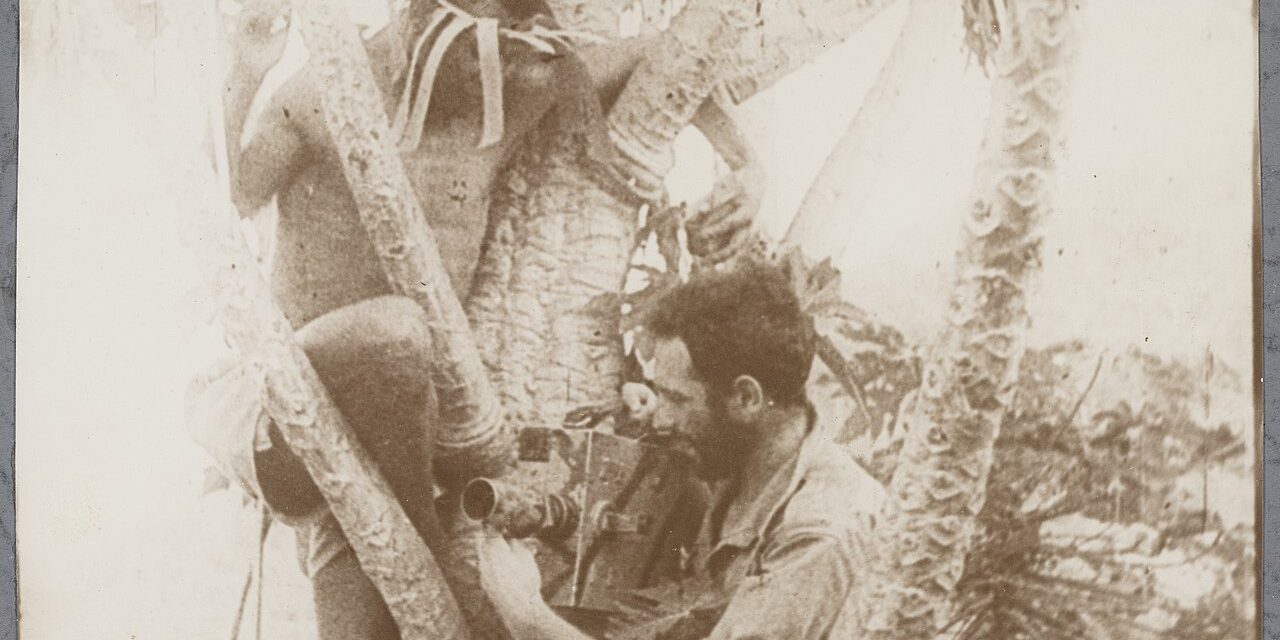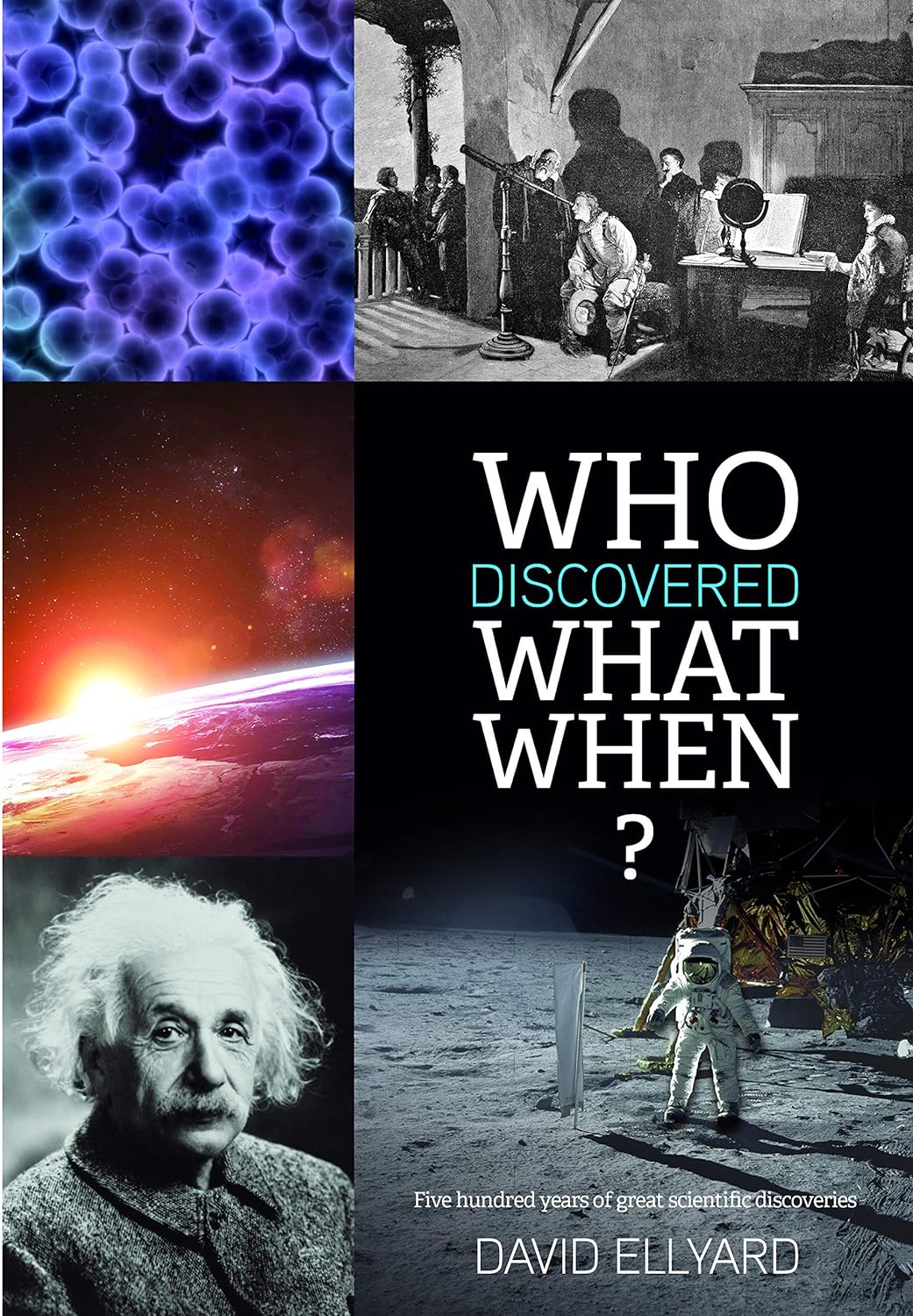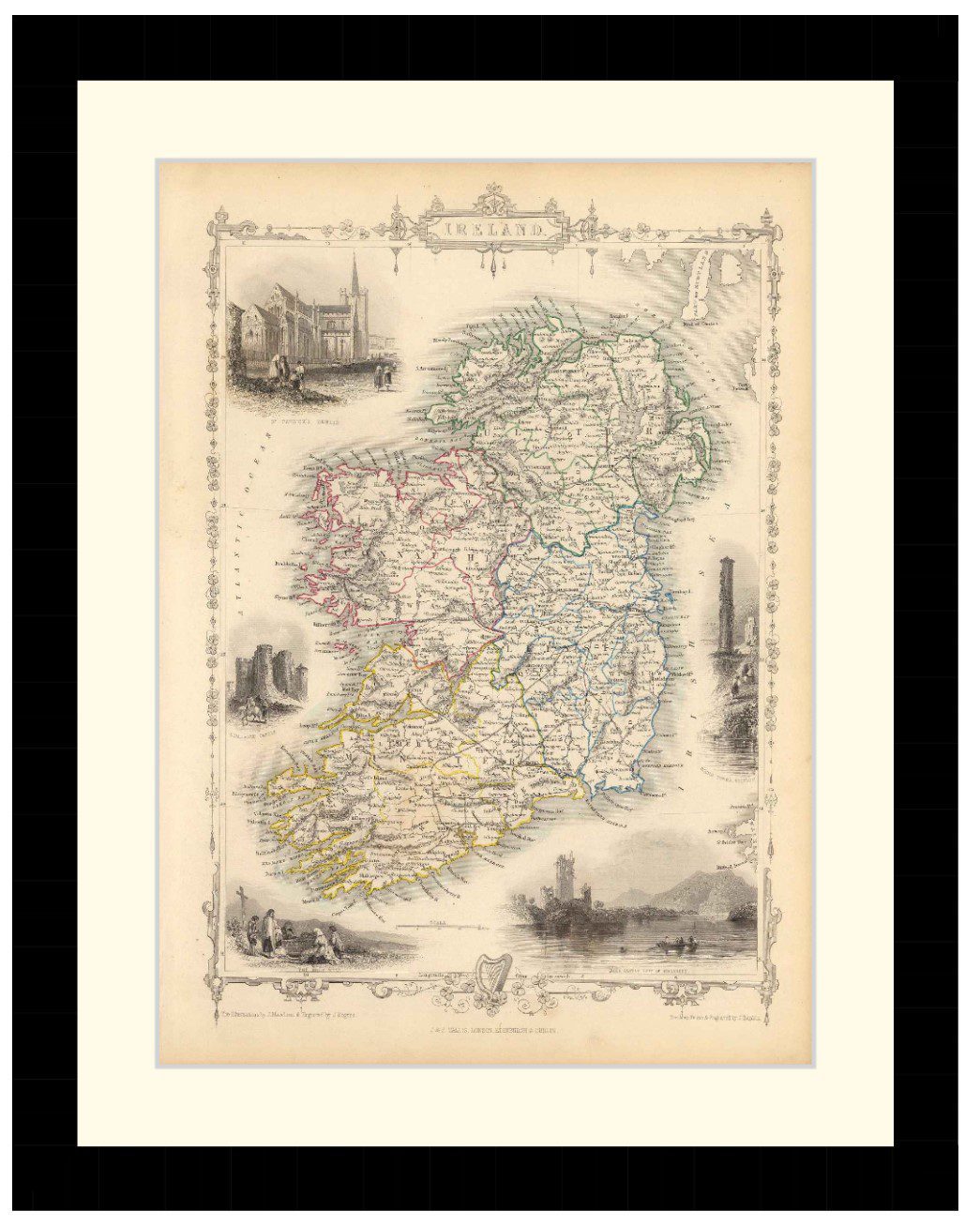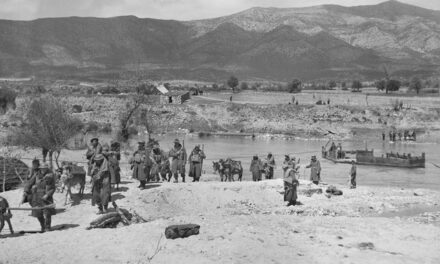This podcast episode by Warwick O’Neill from the Australian Military History podcast tells the incredible story of Australian photographer Damien Parer and his war. Having made a reputation in the fledgling Australian film industry, Parer was selected as an official war photographer for the Department of Information. He would go on to record many of the iconic images of Australian troops in that war. He also created over 20 films, including the famous Kokoda Front Line! (1942). But the bureaucracy of the DoI would eventually see Parer resign and take up a role with Paramount News, a move which would bring about his untimely death on the island of Peleliu.
Damien Parer’s Iconic Images
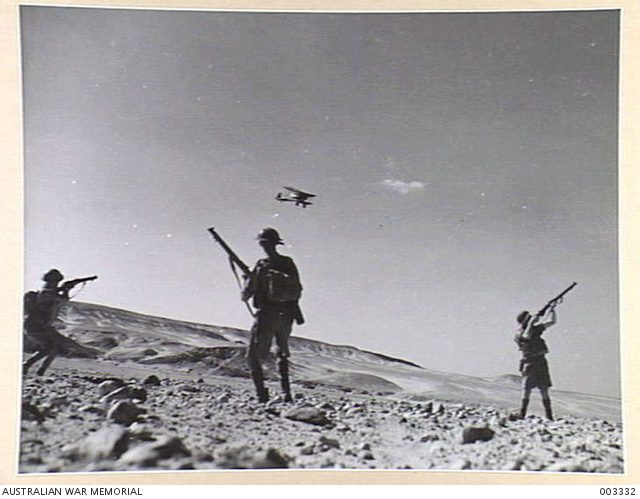
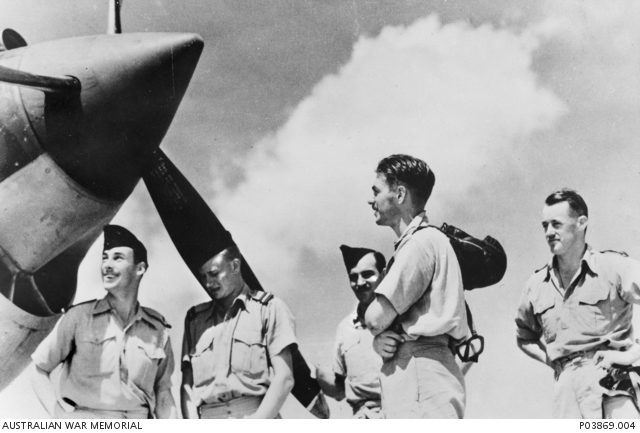




Articles you may also like

Japan’s Pacific War – Podcast
This podcast episode was commissioned by History Guild as part of our support of THE BLOODY BEACHHEADS: THE BATTLES OF GONA, BUNA AND SANANANDA – ONE DAY CONFERENCE. Angus Wallace, creator of the fantastic WW2 Podcast is joined by Peter Williams, author of Japan’s Pacific War: Personal Accounts of the Emperor’s Warriors.
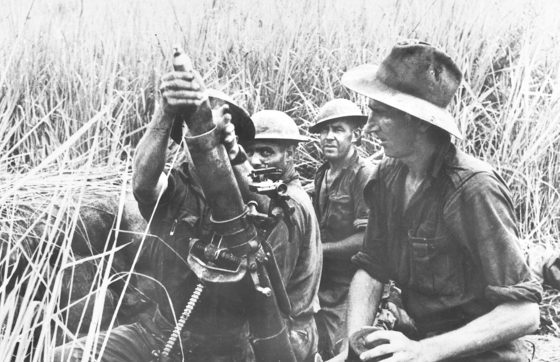
The Bloody Beachheads: The Battles Of Gona, Buna And Sanananda – One Day Conference
The Battle of the Beachheads was the bloodiest of all the Papuan campaigns. The resolve and tenacity of the Japanese defenders was, to Allied perceptions, unprecedented to the point of being “fanatical”, and had not previously been encountered. Please join a group of well-qualified speakers as we examine the Battle of the Beachheads in a one-day conference.
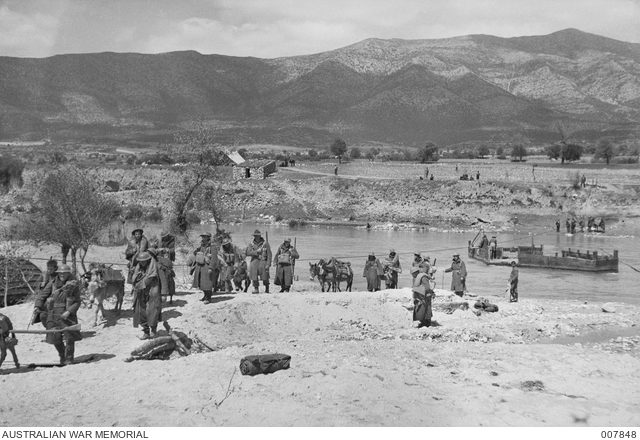
The Battle of Greece – Australia’s Textbook Rear-Guard Action
Retreat doesn’t always mean defeat, sometimes it can be a victory to withdraw in good order and deny your enemy a total victory. This is was the outcome for the allied forces in Greece during April 1941, thanks in part to textbook rear-guard actions fought by Australian units, which allowed 50,732 men to escape the grasp of the advancing superior Axis force. But why were Australian units involved in Greece in the first place?
The text of this article was commissioned by History Guild as part of our work to improve historical literacy. If you would like to reproduce it please get in touch via this form.

